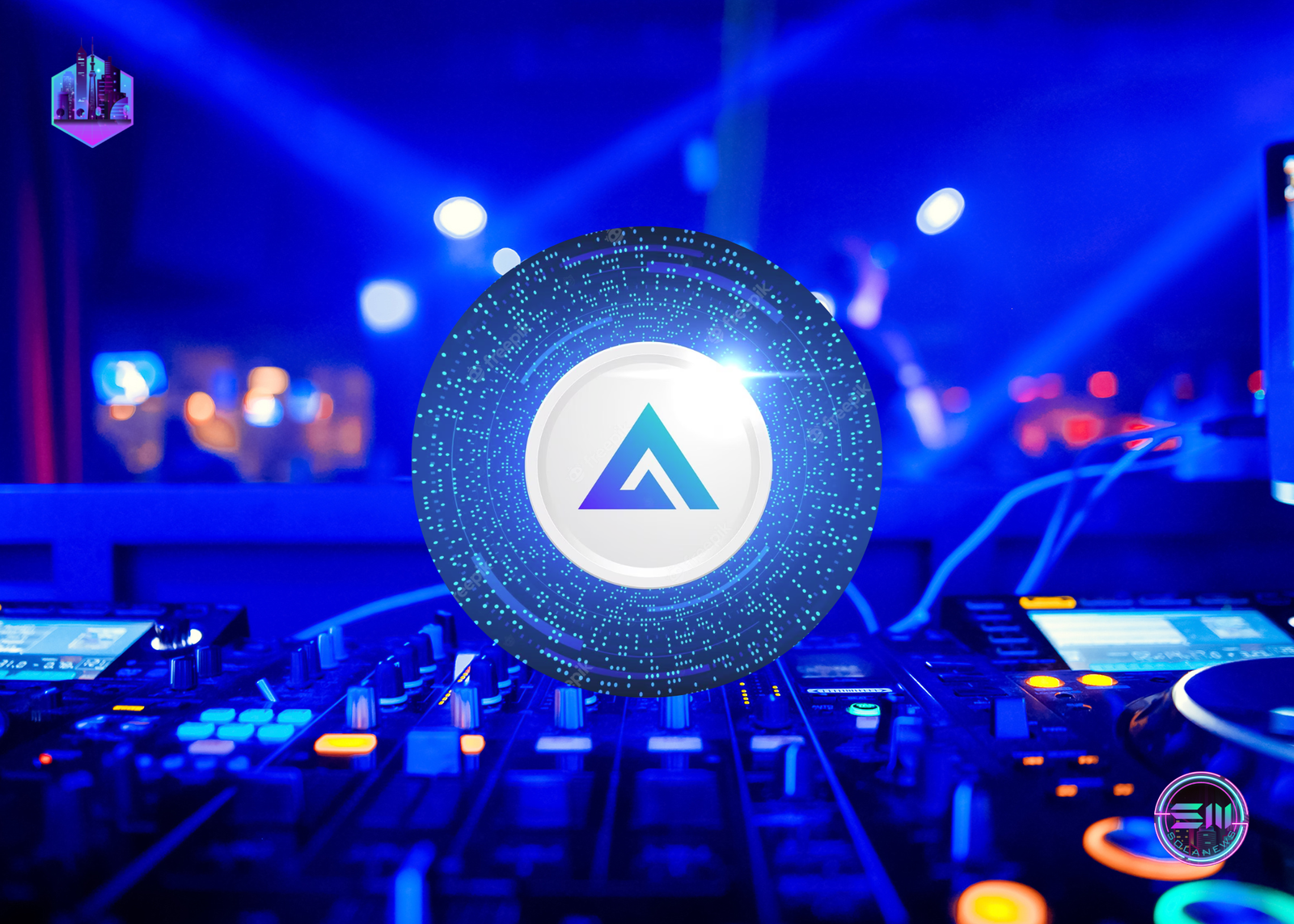TL;DR:
- Arbitrum is an Ethereum Layer-2 scaling solution launching its native ARB governance token.
- The ARB token enables decentralized governance through a DAO, allowing the community to vote and propose changes.
- Arbitrum currently holds more than 55% of the Ethereum Layer-2 market share.
Introducing Arbitrum and its Native Token
Arbitrum is a popular Ethereum scaling solution that utilizes optimistic rollups to move network activity off the mainnet, reducing gas costs. It currently commands over 55% of the Layer-2 market. Today, Arbitrum announced the launch of its native ARB governance token, following other Layer-2 projects like Optimism. The ARB token will enable token holders to vote and propose changes to the platform, fostering a decentralized decision-making process.
Arbitrum’s Path to Decentralization
With the introduction of the ARB token, Arbitrum is transitioning its control to the hands of its community. The development team, Offchain Labs, has announced the token airdrop, which will take place in a week. Early Arbitrum users will be eligible to receive the ARB token, with internal eligibility criteria set by Offchain Labs’ co-founder and CEO, Steven Goldfeder. Token holders can also nominate delegates to help steer the project’s direction, similar to representative democracy.
Arbitrum: Speeding Up Ethereum Using Optimistic Rollups
Ethereum, despite its many advantages, suffers from slow transaction speeds and high costs. This is where Layer-2 scaling solutions like Arbitrum come into play. Arbitrum uses optimistic rollups to move network activity off the Ethereum mainnet, lowering gas costs and allowing for faster transactions. As a result, it has become a dominant player in the Layer-2 landscape.
Community Governance and Token Distribution
Previously, Offchain Labs was the sole entity responsible for changes and adjustments to Arbitrum’s scaling technology. Now, with the launch of the ARB token, Goldfeder and his team are handing over these controls to the community. Token holders will be able to vote on changes, and once a vote is executed, the code will be updated simultaneously.
11.6% of the total token supply will be allocated to individual user addresses, while 1.1% will go to other projects built on Arbitrum. Goldfeder emphasizes the importance of including as many projects as possible in the eligibility criteria.
The Future of Arbitrum and its Technology
Although the introduction of the ARB token and the establishment of a DAO signal a move towards decentralization, the Arbitrum code will not be fully open-source. Instead, Goldfeder describes it as a middle ground, giving the community the power to license the technology to other development teams. He believes that this approach will spur innovation and benefit the entire ecosystem.
Arbitrum’s launch of the ARB governance token and its move towards decentralized governance through a DAO mark a significant step in the platform’s evolution. By empowering its community to propose and vote on changes, Arbitrum aims to remain an influential player in the Ethereum Layer-2 scaling landscape. The future of this technology now lies in the hands of its users, fostering a more inclusive and collaborative environment for innovation and growth.

Thanks for reading Solanews , remember to follow our social media channels for more!

